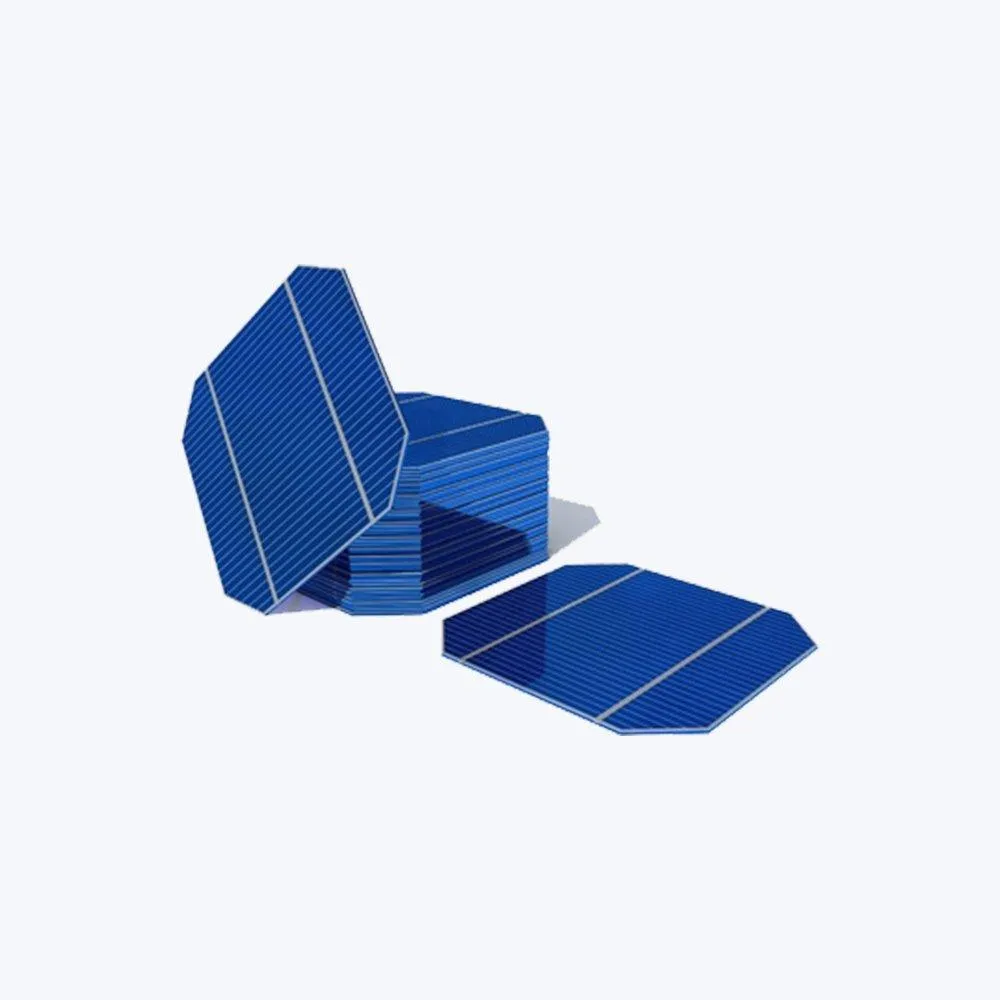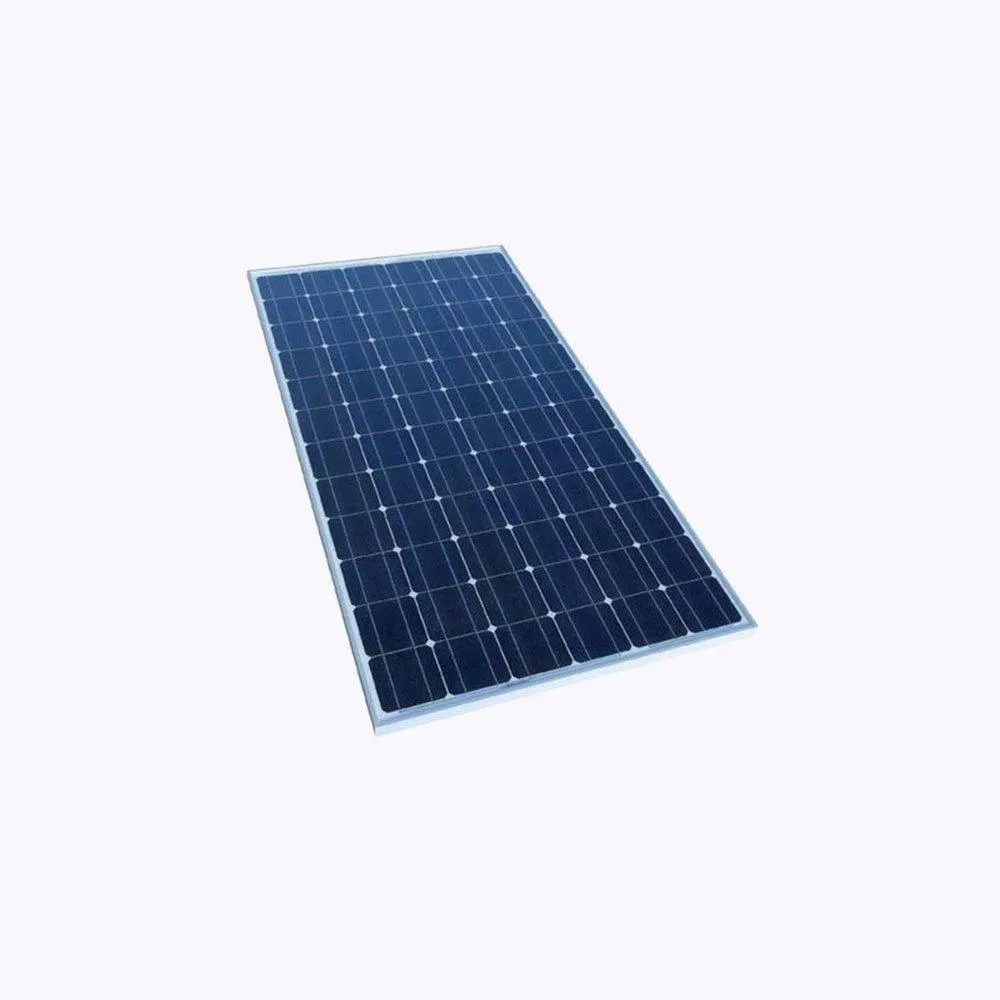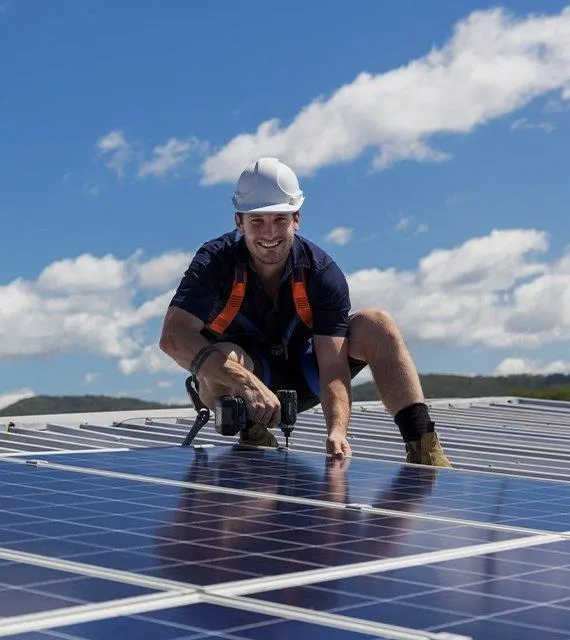How Much Does Solar Cost?
If you’re thinking about switching to solar for your energy needs make sure to get the highest quality solar products and installation that are available in the market place. If you do you’ll maximize your return on investment and lower your risk! The reason for this simple. If your solar system is designed and built right, with the highest quality components, it will produce the maximum power and last for decades, with almost zero maintenance. Solar systems have no moving parts and are made with materials that are impervious to the elements so they can last half a lifetime.*
So How Do You Get the Highest Quality System Possible?
First, you’ll want the highest quality components – solar panels, inverters, mounting, racking and electrical. Second the system will need to be designed and installed by master technicians to better than code standards or using industry best practices. So let’s look at these two elements and see what makes a solar system by Solar Symphony the highest quality in the industry.

The Highest Quality Solar Components
At Solar Symphony we build our systems using tier 1 manufacturers. Tier 1 manufacturers are the top 2% of solar manufacturers. They are typically large companies, with market capitalization in the billions. So, they have the financial resources to stand behind their warranties. They invest heavily in R&D, employ advanced robotic processes, and are often vertically integrated. Solar Symphony invests significant time and resources evaluating the companies and products we use so that you know you’re getting absolute best that money can buy.
In this evaluation process we look at two main criteria: Bankability and Quality. Bankability speaks to the financial strength of the company and likelihood that they’ll be around decades from now. A hard look at the company’s business model and the competitive strength of their products is also important because a “better mouse trap” or key innovations and patents can be a predictor of long term viability. Once you’ve got the right equipment you’re half way there.


The Highest Quality Solar Components
On this point it is more difficult for the consumer to know with confidence that they’re getting the best. There are, however, a few things to look for. First is the system designed by someone who is highly qualified? Solar Symphony’s designers have at least a bachelor’s degree in solar engineering and have completed hundreds of solar designs. Second are the actual solar technicians on the roof well trained? Solar Symphony uses Solar Energy International (SEI) to training our installers. SEI
was founded in 1991 and is one of the oldest and most respected solar training organizations. SEI is a lot fun to work with, so our guys enjoy the training and consequently retain what they learn. Experience is also critical. Our Foreman have completed over 100 solar installs each.
The last thing to look for when determining a quality installation is industry best practices. Many of our competitors will brag that they build to the current electrical code. The electrical code is a minimum standard! In fact anything less than code is illegal and for good reason. We build to better than code standards or industry best practices. Examples of this are far too numerous to list but a few examples will illustrate the point. Structurally our systems are significantly over-engineered, that is the mounting and racking systems are much stronger than that required by code. We like to joke that if the solar system ever were to blow away it would take the roof of the house with it. Every roof penetration that we install is flashed and counter flashed, and depending on the mounting type sometimes it is triple flashed. For this reason we’ve never had one of our roof penetrations leak. We over size our wires to reduce voltage drop instead of going with the minimum size required by code. We paint all of our exterior galvanized conduit not only to improve aesthetics but also to add years of service life. We also value engineer our systems to eliminate points of failure, such as unnecessary disconnects or wire splices.
ONE MORE THING
Energy Harvest Maximization Means More Dollars in Your Pocket
Solar electric systems are by nature DC power systems. This means that uneven shading or other irregularities can cause a decrease in power output. To maximize the energy harvested from the sun, Solar Symphony uses micro-inverters on most residential projects. Or when using a traditional string inverter we only use inverters with multiple power point trackers and SMA Optitrac Global Peak – PV shade management to maximize energy harvest.

*The oldest solar PV electric systems are now 35+ years old and are still producing power at about 80% of what they did when they were new. As a solar system ages the electrical connections and contacts oxidize which increases resistance and lowers output very slowly over time. On average a solar system will lose 0.7% of its output per year so that at year 25 it is producing about 85% of what it did when it was new. Solar systems are made from the most weather proof materials on earth: anodized aluminum, stainless steel, tempered glass, and plastic. Those materials with no moving parts require almost zero maintenance other than an occasional cleaning.

